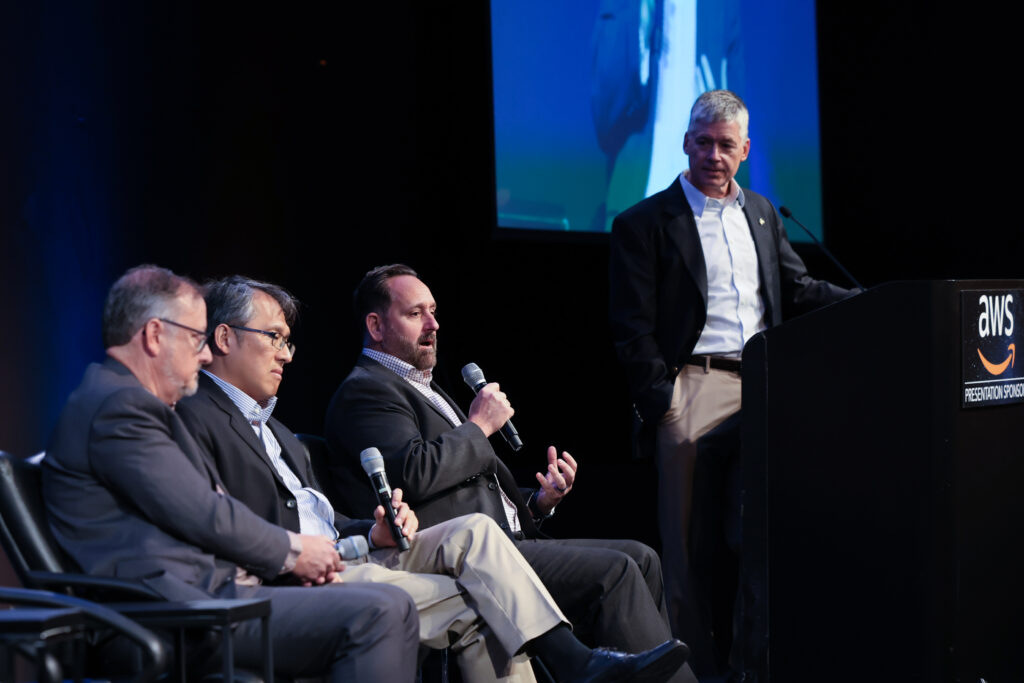By Chris Forrester

Chris Quilty, Co-CEO Quilty Space, explained for delegates to the Silicon Valley Space Week held at Mountain View, Calif., that optical connectivity was increasingly important and generating considerable interest in the space community. “We’ve been at this for the best part of 20 years, but it is still considered by many to be a new technology. In the past communications were dependent of radio frequencies. Now we have constellations measured in the thousands and a market demand for optical links. But we need standards, of course.”
Gregg Burgess, VP/Space Systems at General Atomics Electromagnetic System said standards were vital for space comms. The Space Development Agency (SDA) is creating common and joint standards but these still need to be incorporated and tested.
Dr Inuk Kang, Director of Space Systems Engineering at CACI agreed, but said that the SDA requirement was mostly for LEO applications and there was a need for a standard for longer inter-satellite distances. He added that a sub-$100,000 cost for a unit was possible once volume production was underway.
Justin Luczyk, GM of TESAT Gov. at Tesat Spacecom praised the SDA initiative and its financial backing for the development of the standard, whether for military or commercial applications. “We now have that groundwork and manufacturers know that the standard exists and can be used and supported. However, he stressed that the next generation of satellites would need backward compatibility for hardware that’s going to be in orbit 8, 10 or 15 years.”

Quilty said this was all well and good, but industry needed 100 Gb/s capacity and questioned whether this would require new satellites and not just uprated communications equipment. Dr Kang said there was work being done on a universal translator capable of 100 Gb/s and costing less than $100,000 per unit but again this needed standards, perhaps a new body of standards. Quilty’s panel agreed that there would have to be multiple standards as was the case in the telcoms industry and even cellular.
However, SpaceX is not adhering to the SDA standard, and is reported to be happy to supply its laser units to rival spacecraft operators. Luczyk said that the SpaceX design is proprietary. Dr Kang suggested that the SpaceX version is a direct competitor to the SDA terminal.
